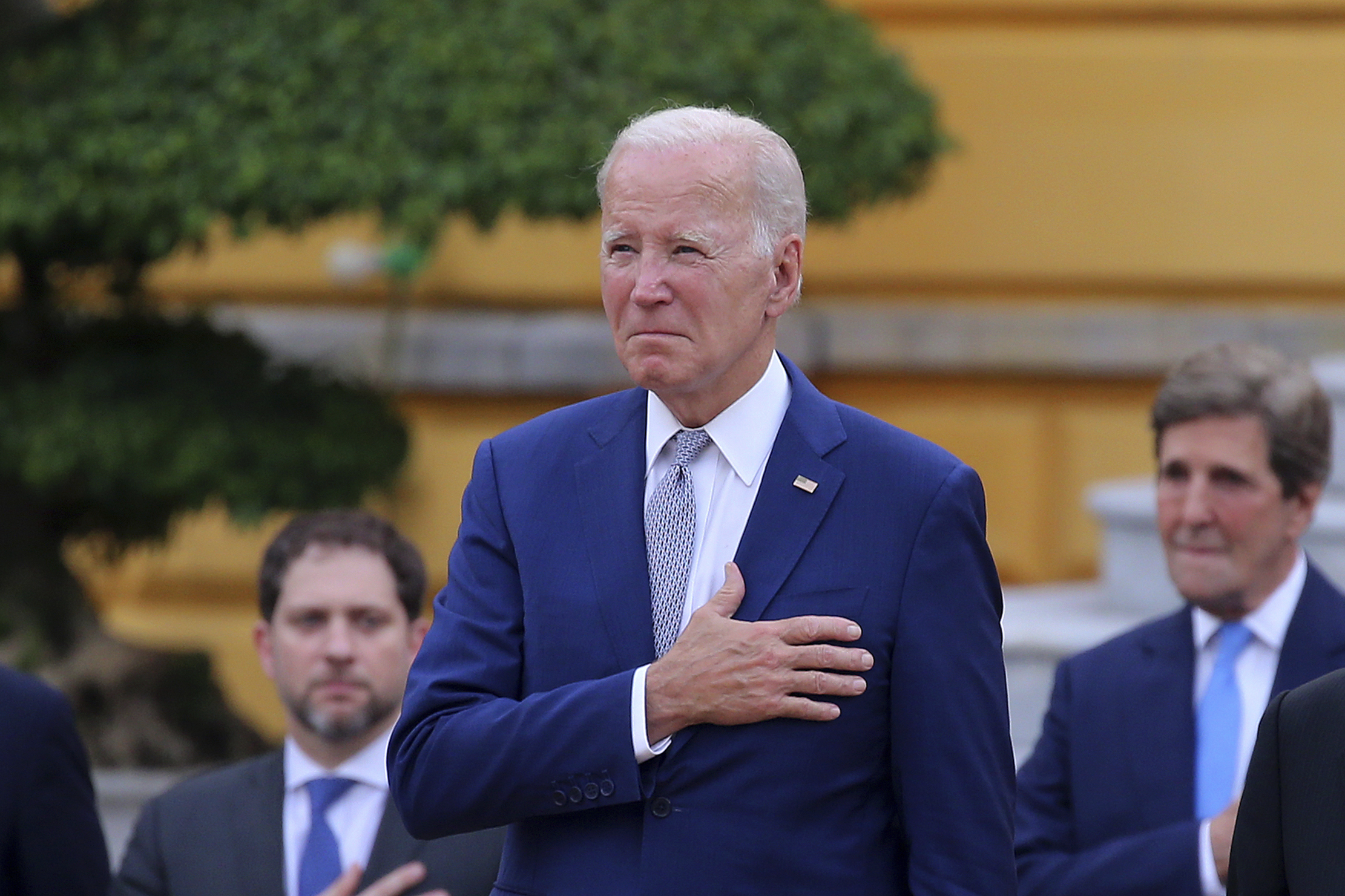If you’ve ever flipped through the pages of a women’s lifestyle magazine, there’s a good chance you’ve stumbled onto a quiz promising to answer the question “what is your love language?”.
Or if social media is more your speed, there’s no shortage of tweets, memes, GIFs and TikToks bringing the concept of “love languages” into the mainstream.
This theory originated from a book published in 1992, The Five Love Languages, written by American author and pastor Gary Chapman. Chapman began to notice trends in couples he was counselling, perceiving they were misunderstanding each other’s needs.

This article is part of Quarter Life, a series about issues affecting those of us in our twenties and thirties. From the challenges of beginning a career and taking care of our mental health, to the excitement of starting a family, adopting a pet or just making friends as an adult. The articles in this series explore the questions and bring answers as we navigate this turbulent period of life.
You may be interested in:
I’ve spent years studying happiness – here’s what actually makes for a happier life
Young people are drinking less – here’s an alternative to try on your next night out
Christmas films: there might be some truth to stories about hometown romances, according to research
The five love languages he subsequently proposed are words of affirmation, quality time, physical touch, acts of service and receiving gifts. A preference to express and receive love in one of these ways over the others would be an indication of a person’s principal love language.
So, what can we make of the theory of love languages? Is there evidence behind it? Let’s take a look.
The science is lacking
Everyone uses the word “love”, but in many respects, romantic love defies a precise definition. It’s a rather nebulous construct, comprising different components which are displayed and experienced in a variety of ways.
Although the love languages model has gained in popularity, it was developed based on observations, rather than rigorous research. And there’s been minimal scientific evidence published to date to support the idea that people generally prefer to express and receive love in one of these five ways, or exploring how these love languages influence relationships.
Similarly, any “quiz” used to determine people’s love language has no integrity as a scientifically valid test.
All this said, it would seem that people have a fascination with identifying their own and others’ love languages.
What is love?
Love languages and compatibility
Compatibility in relationships is important. Couples who are similar, as opposed to opposites, tend to be more attracted to one another, and have more sustainable relationships.
Chapman suggests that when relationship partners have different love languages it can lead to misunderstandings. An example would be if one partner likes holding hands (physical touch) and the other does not, or if one partner likes receiving compliments (words of affirmation) and the other doesn’t give them.

Lopolo/Shutterstock
Likewise, Chapman has suggested that couples who “speak” the same love language should have a better relationship. But the research on this has been mixed.
For example, a study published in 2017 failed to find that partners sharing the same love language was linked to increased levels of relationship satisfaction. However, a 2022 study found that when partners shared the same love language they reported higher levels of both relationship satisfaction and sexual satisfaction.
Learning your partner’s love language
Chapman also suggested that for a couple where the love language doesn’t match, learning a partner’s love language can facilitate communication and alleviate misunderstandings. He argued that if a person can determine and enact their partner’s love language, this will pave the way for greater relationship satisfaction.
With Valentine’s Day coming up, it might be a good time to reflect on your partner’s love language and how you can be guided by it in marking the day. For example, if they favour words of affirmation, carefully consider what you write in their card. If their love language is acts of service, you might like to cook their favourite meal.
Whether or not there is science in this particular theory might not matter so much. There is little doubt there’s value to be found in expressing your love for your partner in a thoughtful way.




